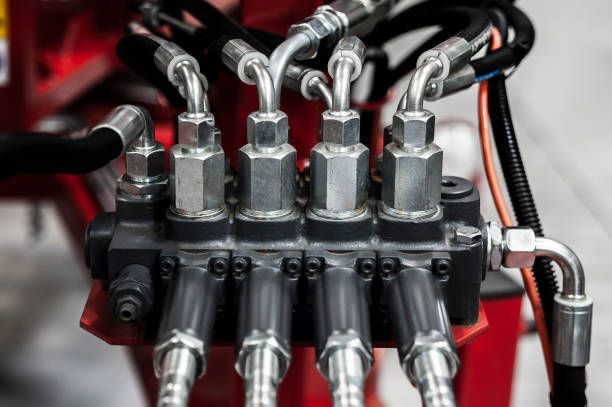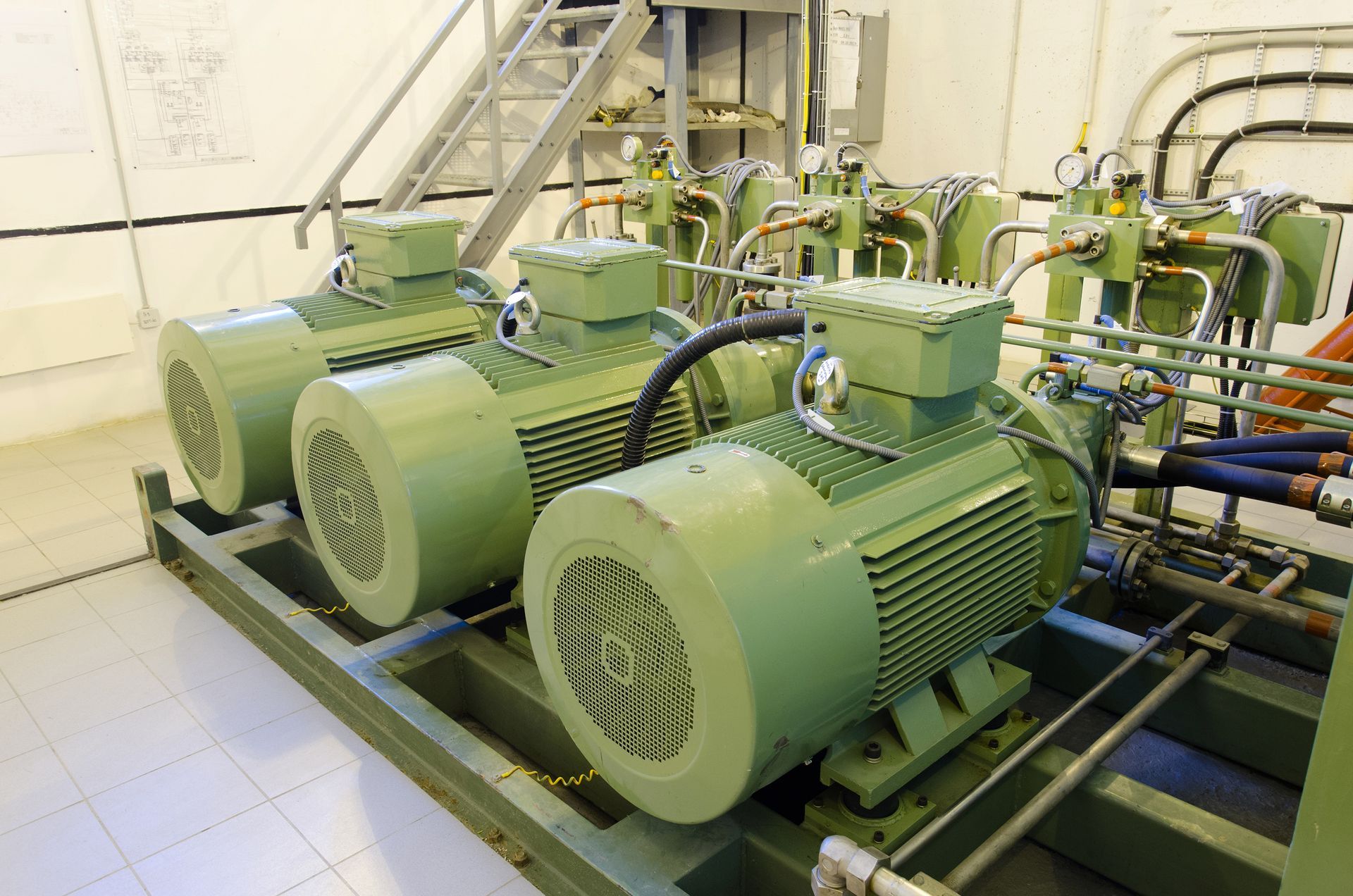6 Hydraulic Pump Maintenance Tips
Hydraulic systems are common in many manufacturing and industrial operations. The systems help lift heavy loads and press parts, which helps save time, promote safety, and complete tasks quickly and efficiently.
While everyone wants their equipment to last, machines eventually break down, start piling up repair costs, and ultimately call for a replacement. However, proper maintenance can keep your pump in top working condition so it can remain operational for a long time.
Discover a few tips to keep in mind.
1. Stick to the Maintenance Schedule
First and foremost, have in place an efficient maintenance schedule for your hydraulic pump. Regular maintenance allows you to identify any issues before they occur and take action. Do not wait until the pump fails for you to give it proper attention. Avoid costly repairs by routinely inspecting the machine and fixing any issue that you spot.
2. Change the Hydraulic Fluid Often
Keep tabs on the number of hours the pump has been operational to know when to check the fluid level in the reservoir. Without the proper fluid levels, the pump does not build enough pressure to get the job done. For example, with low oil levels, the system draws in air and causes pump cavitation and reduced system pressure. Ensure that you stick to the fluid change schedule that pump manufacturers provide.
Also, ensure that you use the correct type of hydraulic fluid for your pump. You want to use the type of oil that improves the pump's efficiency.
Also, consider the cleanliness of the oil, as it plays a pivotal role in extending the life of the pump and other vital components such as gaskets and seals.
3. Clean the Suction Strainer
A suction strainer sits in the hydraulic pump tank. The suction strainer is a crucial hydraulic pump component and keeps oil debris from the pump. Due to its important role, clean it regularly.
4. Change Filters Often
You may not identify pollutants by visually inspecting the hydraulic fluid. Filters effectively remove all particles in the oil, so replace them according to schedule. Clean the filter bowl, too, when necessary.
An oil filtration system ensures that only clean oil is available for your pump. Always check the oil filter blockage indicator to see if the filter is clogged up.
5. Check Pipe and Pipe Connections
Routinely inspect pipe and pipe connections and the hose systems. Damage to the hoses can impede fluid flow or cause the pressure to leak. Also, check for internal issues that can clog the hose. Do not forget to check the couplers, fittings, and pipes.
The couplers should always be clean to avoid contamination. The fittings should be a little loose, and the pipes must not have any rust. Leaks can cause the system to overheat or consume excess oil, so do everything possible to prevent leaks in your hydraulic system.
6. Scan the Electronic Drive Motor
A handheld infrared thermometer will help you check for any overheating issues on the electric drive motor. Check for hot spots on the rotor bearings or the pump's housing. You must regularly service these areas to prevent extended equipment damage.
Also, use the infrared thermometer to check the temperature of the hydraulic valves. If the temperature exceeds 150 degrees, this is a sign the valve is sticking. Closely monitor the oil cooler and the oil tank for any signs of overheating.
How well you maintain the hydraulic pump determines its shelf life. If you notice any issues with your hydraulic pump or want to carry out scheduled maintenance, contact
Quad Fluid Dynamics, Inc., for all your hydraulic maintenance needs.



